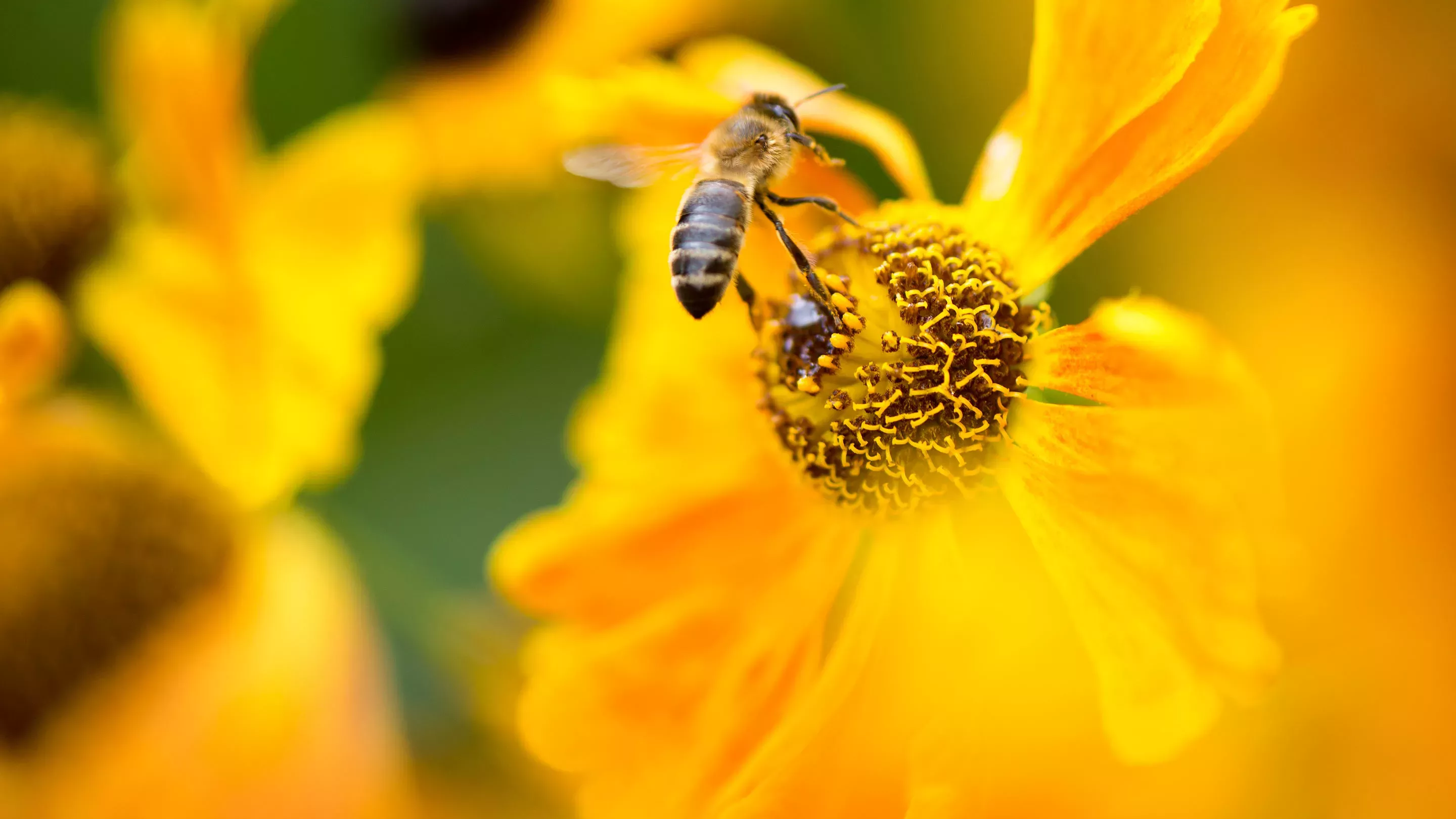24 July 2018
What colour is a bluebell?
From bluebells to rhododendrons, Wakehurst is awash with colour throughout the year. But what is colour in plants and how can we describe it?

Is a bluebell really blue?
Take a look at this Hyacinthoides non-scripta, commonly known as the bluebell.
What colour would you say it is?
Obvious, isn’t it? It’s blue.
It’s right there in the name: bluebell.
But is it really that simple?

Colour brings the bees
Plants and flowers are full of colour. Its forms a huge part of our enjoyment of them. The beauty of plants in all their glory has inspired artists from Monet to Van Gogh.
And yet, plant colour is not just about aesthetics.
As Kew Scientist Paula Rudall explains, ‘colour has many different roles in plants, but perhaps the best-known is to attract pollinating insects to flowers.’
‘Flower colour is caused primarily by the presence and interaction of pigments such as anthocyanins, carotenoids and flavonoids, but I work with collaborators on a special aspect of colour – structural colour – that can enhance the colour caused by pigments.
‘For example, the coloured petals of most insect-pollinated flowers have conical cells on their surfaces that are thought to focus light onto the underlying pigments contained inside the cell.’
So, there is more to plant colour than meets the eye.

A silver, pink and yellow ‘bluebell’
Do you still think the bluebell is just blue?
Vicky and Eloise explain that ‘looking closely at something and with patience helps us to see that there are many nuances in natural colour’.
For them, a bluebell ‘has silvers and pinks and yellows all within its delicate textures, and the blue is something we see simply at first glance’.
Their desire to encourage people to look at colour anew will be reflected in their installation Colour Field at the Wonder Project.
Here’s what they expect will happen: ‘During the eight days, we will collect written descriptions of colour at Wakehurst.
We will ask visitors to reinterpret other’s descriptions, using water-colours to mix and create colours they feel are a match.
Each swatch of colour will be added to a growing field of hues. This new colourfield will be a twice-interpreted representation of the colours found at Wakehurst during the Wonder project.
We’re excited by the emergence of what we are thinking of as a ‘People’s Archive of Colour,’ which will, with absolute truth represent the colour scape, but without direct replication of original colour.’
Paula wonders ‘whether this experience will make people want to return to the beautiful gardens at Wakehurst to look at how they develop throughout the seasons.’
She hopes it will also make people think more deeply about the underlying structure of what they see.
Be part of the People’s Archive of Colour and help to develop a Wakehurst colour palette at the Wonder Project from 26 July.


